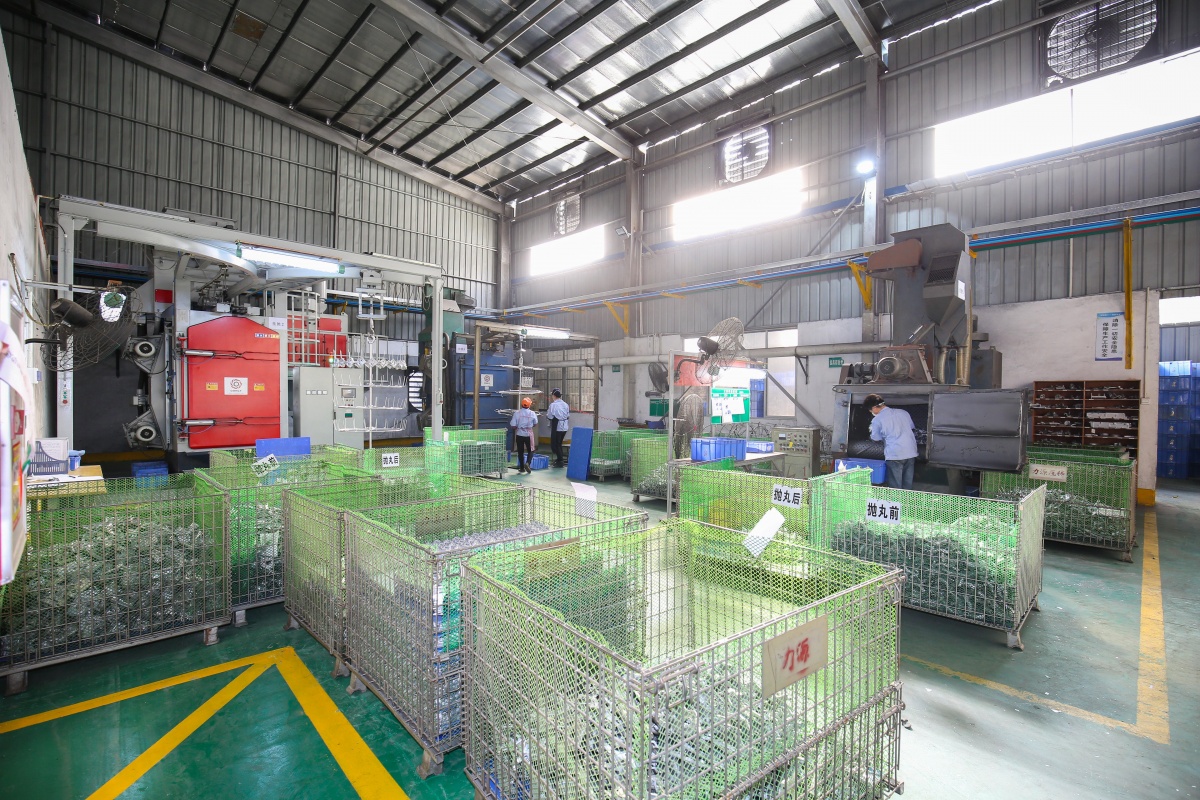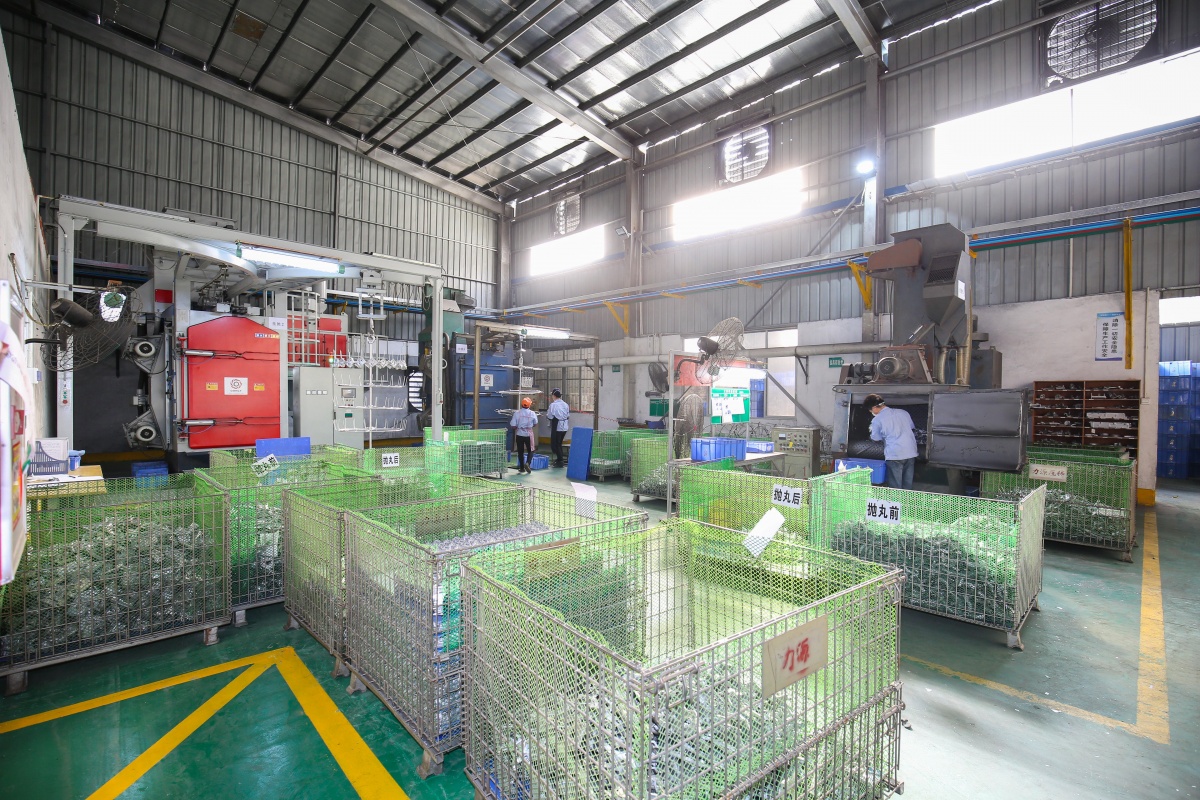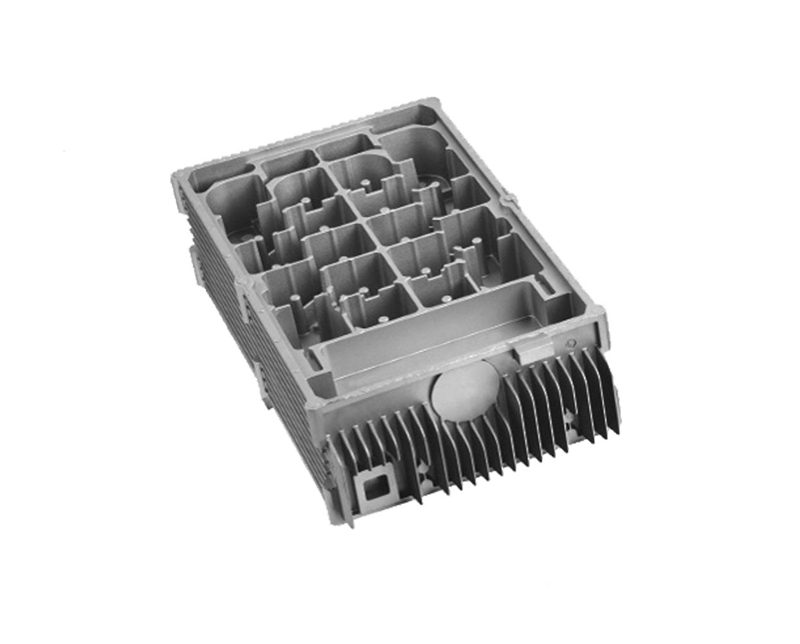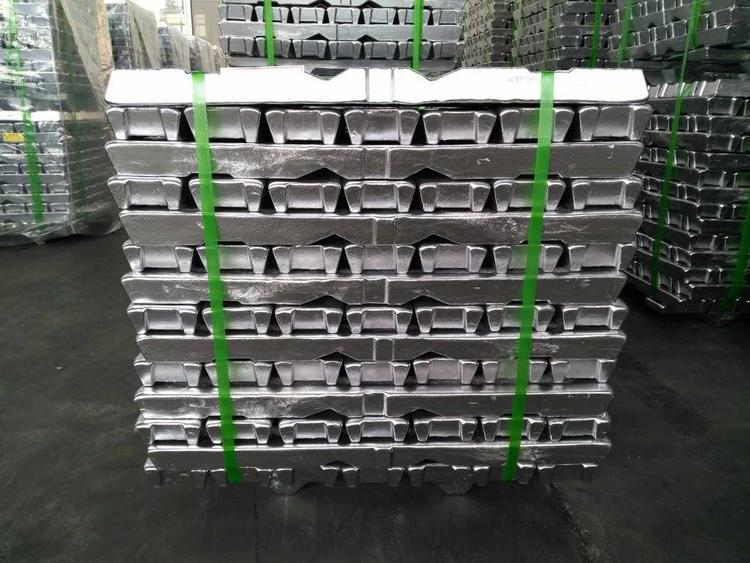

Aluminum alloy modification is the addition of small amounts of substances to molten metal. It promotes the internal growth of molten metal. In the aluminum alloy manufacturing process, modification treatment is an important process, and the addition of different modifiers has different effects on the process performance of the alloy. Among them, each modifier has a different function, and the following modifiers are common:
Modification method of sodium salt modifier
Na can transform eutectic silicon crystals from short round needles into good crystal grains, lower the eutectic temperature, increase the degree of undercooling, and refine the crystal grains. Its refining effect is better for cold, slow sand, and gypsum castings, and it also has the function of dispersing the dents of the casting (ingot), which play in castings that require strong airtightness.
The sodium salt modification method has a low cost and relatively simple preparation. It is suitable for products with small batches and low requirements. Its disadvantage is: sodium is a chemically active element, which is oxidized, burned intensely, and white smoke emits during the deterioration process. It is harmful to the human body and the environment, and the operation is not very safe, especially since the crucible is easy to corrode and damaged. Its deterioration and effection time is short, generally no more than 1/h.
Sodium also increases the viscosity of Al-Mg alloys and weakens the casting performance. When the amount of sodium is large, it will also catalyze the grains of the alloy. Therefore, Al-Mg alloys and Al-Si alloys with an Mg content of more than 2% generally do not use sodium salt modifiers for modification to avoid the so-called "sodium embrittlement" phenomenon.
2. Modification method of aluminum strontium master alloy
It is a long-term deterioration method used more abroad. The amount of Sr added is 0.04-0.05% of the total weight of the charge.
The advantage is that its degradation effect is better than sodium salt, and its oxidation and combustion loss is less than the sodium salt. Moreover, the crucible is less corrosive than sodium salt, which leads to a prolonged service life of the crucible. This kind of deterioration method is safer and more sanitary than using sodium salt, does not produce gas harmful to the human body and the environment, and the deterioration effect is better than sodium salt and generally has a deterioration qualification rate of 80-90%.
The disadvantage is that the cost is higher than that of sodium salt, and it must be pre-prepared into a master alloy (otherwise a strontium salt modifier is used), and it does not have the effect of dispersing casting dimples like sodium salt.
3. Modification method of aluminum antimony master alloy
This method is also a commonly used long-term degradation method. If the amount of Sb added is 0.2-0.3% of the total weight of the charge, a long-term deterioration effect can obtain, even if the aluminum alloy remelt, the deterioration effect will still work. The modification effect is related to the cooling rate of the alloy. A fast cooling rate (such as casting in a metal mold) has a good modification effect; a slow cooling rate (such as casting in a plaster mold or sand mold) has a poor modification effect. If sodium salt, strontium salt, aluminum strontium master alloy is added, Sb cannot add. This will form the Na3Sb compound, make the alloy grains coarse, and reduce the sodium and strontium degradation effect.
To producing good aluminum die casting parts, modification treatment must carry out. Nowadays, there are many choices of modifiers, and manufacturers can choose suitable modifiers according to the performance requirements of the final product. Human beings will never stop pursuing the performance of materials. It shows that the deterioration treatment process will be complete, effective, and economical. The research on degradation treatment will become a hot topic in the field of non-ferrous metals.



